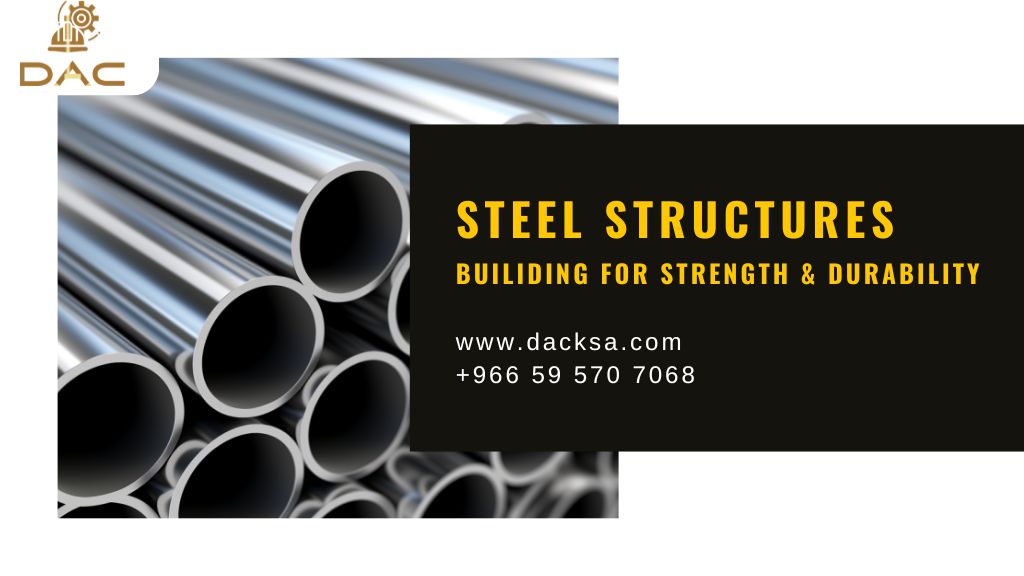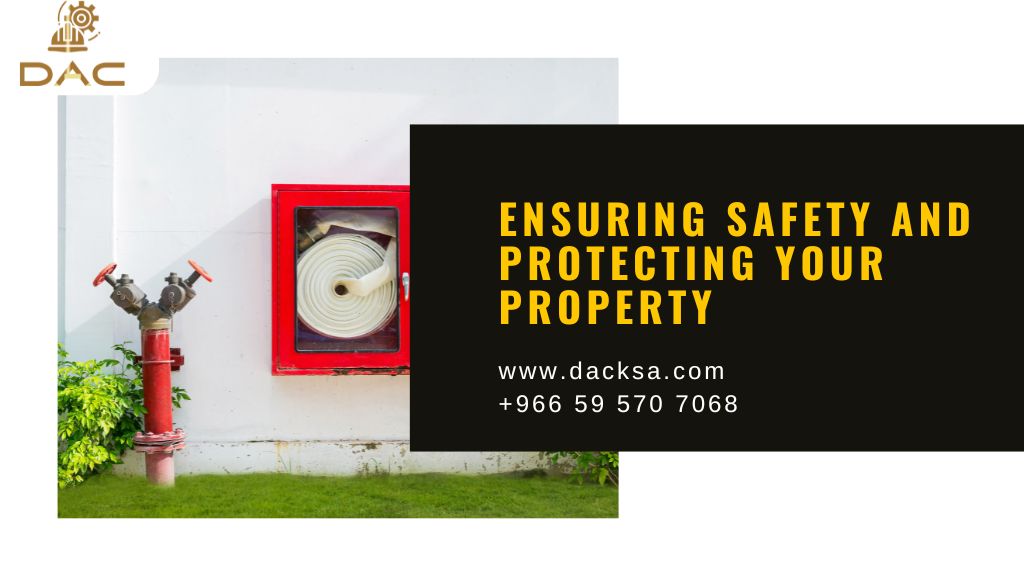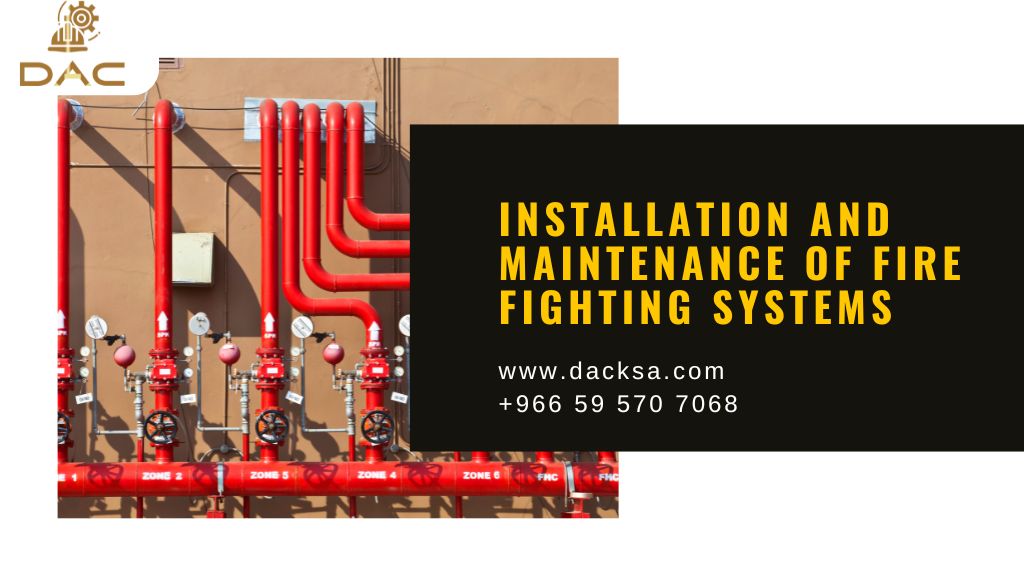Cost-effectiveness of steel structures
While the initial cost of steel structure systems may be higher than some other construction methods, the long-term cost-effectiveness of this approach is undeniable. Steel structures are highly durable and require minimal maintenance, which can translate to significant savings over the lifespan of the building.
One of the key factors that contribute to the cost-effectiveness of steel structures is their resistance to environmental factors, such as rot, corrosion, and pests. Unlike wood or concrete, steel does not degrade over time, which means that the building will not require costly repairs or replacements as it ages. This can result in significant savings on maintenance and repair costs, freeing up resources that can be reinvested into other aspects of the project.
Additionally, the prefabricated nature of steel structure systems can lead to significant cost savings during the construction phase. Because the steel components are manufactured off-site, the on-site assembly process is typically much faster and more efficient than traditional construction methods, reducing labor costs and minimizing disruptions to the surrounding area. This can be especially beneficial for projects with tight timelines or limited access to the construction site.
Sustainability and eco-friendliness of steel structures
Sustainability and environmental responsibility are becoming increasingly important considerations in the construction industry, and steel structure systems are well-positioned to meet these demands. Steel is a highly recyclable material, with the ability to be reused and repurposed for new construction projects, reducing the overall environmental impact of the building process.
In addition to its recyclability, steel structures also have a relatively low carbon footprint compared to other building materials. The manufacturing process for steel is highly energy-efficient, and the material itself is highly durable, reducing the need for frequent replacement or renovation, which can further minimize the environmental impact of the building over its lifespan.
Moreover, steel structure systems can be designed to incorporate a range of sustainable features, such as energy-efficient insulation, renewable energy sources, and water-saving technologies. This allows architects and designers to create buildings that are not only structurally sound and visually appealing, but also environmentally responsible and aligned with the growing demand for sustainable construction practices.
Design flexibility and aesthetic appeal of steel structures
One of the most compelling advantages of steel structure systems is their exceptional design flexibility, which allows architects and designers to create a wide range of visually stunning and innovative structures. Unlike traditional construction methods that may be limited by the inherent properties of the materials used, steel frames can be easily customized and adapted to fit a variety of architectural styles and design preferences.
This flexibility extends beyond the structural elements of the building, as steel can also be used to create unique and eye-catching aesthetic features, such as expansive glass facades, intricate lattice work, and bold, angular forms. By leveraging the strength and versatility of steel, designers can push the boundaries of traditional architecture, creating structures that are not only highly functional but also visually striking and aesthetically pleasing.
Moreover, the modular nature of steel structure systems allows for a high degree of customization and flexibility, enabling architects to tailor the design to the specific needs and preferences of their clients. This can be particularly beneficial for commercial or industrial projects, where the ability to adapt the building layout and configuration to suit the evolving needs of the business can be a significant advantage.
Ready to elevate your structure with the best steel structure systems in the market?
Partner with DAC Saudi Arabia for tailored solutions that guarantee your success. Contact us today at +966 59 570 7068 or email us at info@dacksa.com to get started!










